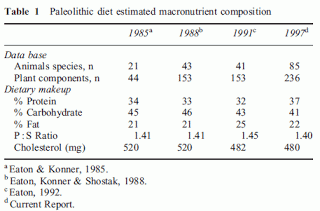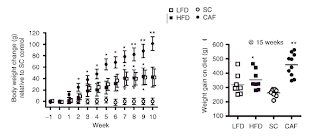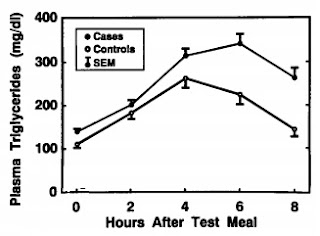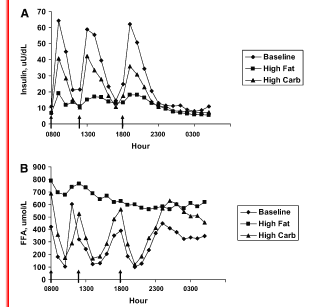The Paleolithic Diet According to S.Boyd Eaton and Melvin Konner - Version 2010

S. Boyd Eaton, who along with Melvin Konner is generally considered one of the "Founding Fathers of Paleo", published Paleolithic Nutrition: A Consideration of its Nature and Current Implications ( request doc share if link is broken) in the New England Journal of Medicine in 1985. In 1997, this duo (with SB Eaton III) published Paleolithic nutrition revisited: A twelve-year retrospective on its nature and implications ( request doc share if link is broken) in the European Journal of Clinical Nutrition. As time progressed, these authors would collaborate with various others, including two with which most in the paleo community are well familiar: Loren Cordain and Staffan Lindeberg. These four were among the authors of the 2002 article in Preventative Medicine entitled Evolutionary Health Promotion , and a followup in the same journal authored by Eaton, Cordain and Lindeberg entitled Evolutionary Health ...








